Ivan Rykov's Skopinsky Bank: the first pyramid in Russia, which appeared 100 years before MMM
Everyone knows how financial pyramids work these days. But few people know that this is not such a modern way of cheating. At the end of the 19th century, the director of the city bank of the city of Skopin created the first pyramid in the history of Russia, which worked successfully and brought fabulous income to the founder. However, everything ended as usual - with a trial and deserved punishment.
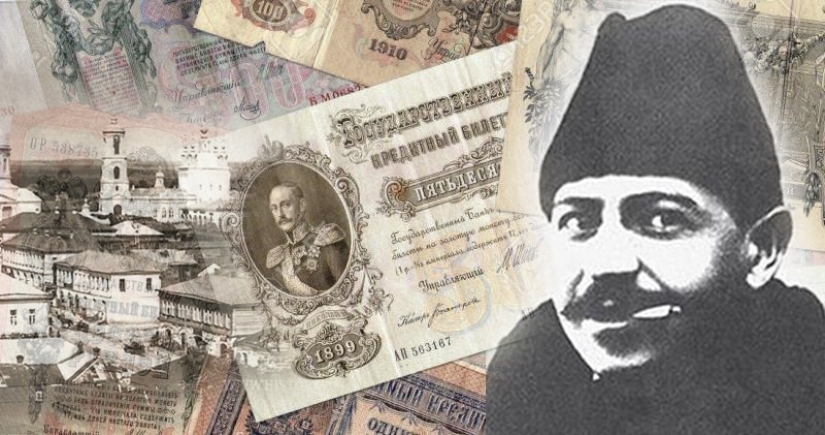
The financial pyramid of Ivan Rykov worked according to the standard scheme. He forged the balance of his bank and constantly attracted new depositors to pay interest with their money. The pyramid of the Skopinsky city Bank has existed for 15 years, successfully pumping a lot of money out of the pockets of customers.

The future great combinator Ivan Gavrilovich Rykov was born in Skopin, Ryazan province, in an ordinary middle-class middle-class family. Ivan's parents died when he was still a child. Then he was adopted by his father's brother, a rich merchant who sold bread. When the boy was 15 years old, his uncle left this world. So young Ivan inherited 200 thousand rubles.
Ivan graduated from the university and entered the civil service. At the age of 22, he became a clerk in the municipal service, and later he was elected mayor. His uncle's inheritance gradually melted away, but, thanks to a solid position, Rykov had acquired good connections by the age of 30.
Emperor Alexander II began a banking reform in Russia, which led to the emergence of a State Bank with branches, as well as public-city, land and private banks. Residents of Skopin did not stay away from new trends and opened their own bank.
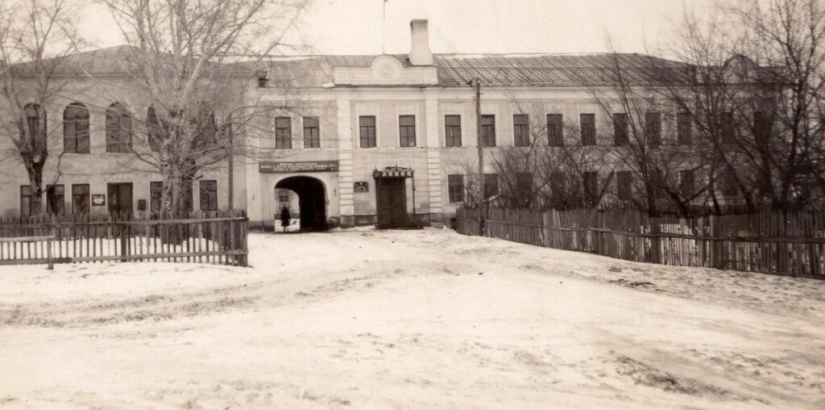
It can be said that the Skopinsky City Bank appeared out of the blue in 1857. It's just that the residents of the city gathered and decided that they needed to organize their own financial institution. The residents of Skopin issued all the necessary documents and collected the authorized capital in the amount of 10 103 rubles 86 kopecks.
The bank's money was planned to be spent on three main expenditure items: the needs of the city, charity and an increase in fixed capital. The Ministry of Finance controlled the bank's activities. Every year it was necessary to submit a detailed report on the financial position and transactions carried out.
In 1863, Ivan Rykov became the director of the Skopinsky Bank. Until 1867, everything went as usual – the bank worked flawlessly and even raised interest rates on demand deposits and perpetual deposits. Very soon the interest rates became so tempting that depositors from all over the empire began to arrive at the bank.
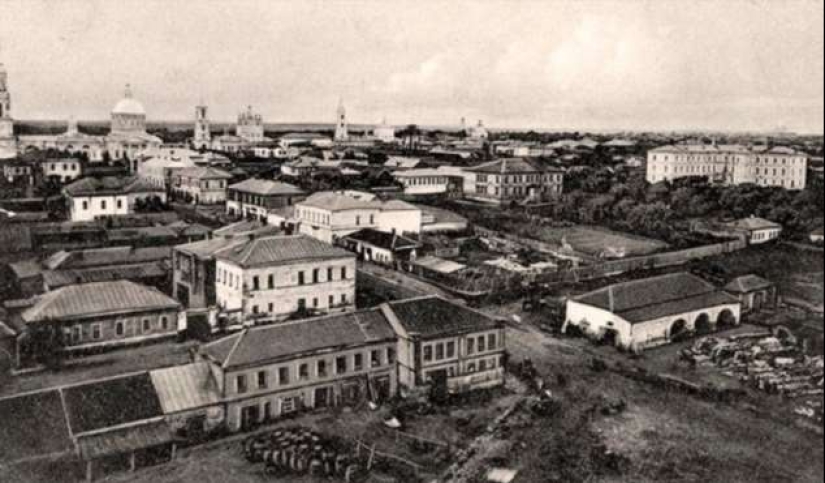
The mayor of Skopin, merchant Mikhail Leonov, understood that the matter was unclean and condemned the bank's policy. Rykov, using his connections and authority, won the election and replaced Leonov with his man, merchant Nikolai Afonasov. The new mayor owed Rykov 500 thousand rubles, so he encouraged all his actions.
In 1867 , Ivan Rykov joyfully reported to the Ministry of Finance:
Yes, the Skopinsky city Bank really became the best in the empire, but this led to its scandalous collapse. The interest paid to depositors was large, but there was nowhere to take the money. Usually such banks earn money on loans, but they were taken very rarely, so the receipts were meager.
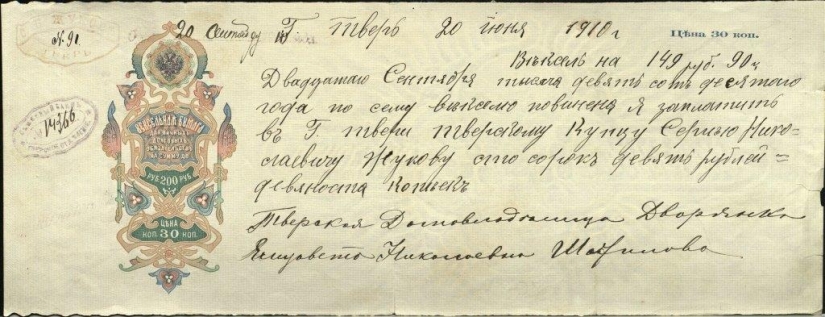
In order to receive money for the payment of dividends, the bank began to distribute money under promissory notes - debt securities. This was not the best way to save the situation, and the financial gap continued to grow. Rykov was looking for money everywhere. He even acquired shares of shipping companies and railways, which were the most promising. But the income from securities was still not enough to pay depositors the promised interest.
Already by 1868, the "successful bank" had a deficit of 54 thousand rubles, which at that time was a lot. In order to avoid a scandal with depositors and the Ministry of Finance, Rykov forged the balance sheet for the year and again showed excellent results in the documents. The report with fictitious figures was so good that there were even more depositors.
Ivan Rykov realized that the only salvation would be the constant attraction of new customers and the payment of interest from their deposits to the old ones. From that moment on, the Skopinsky City Bank began to operate as a financial pyramid. Of course, the reports to St. Petersburg were as one false.
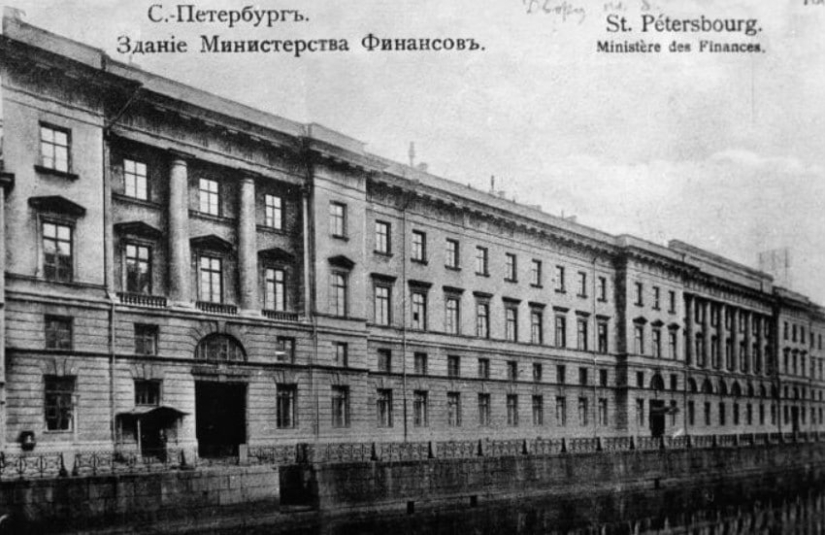
Rykov was no fool and understood that the farther the depositors were from the Ryazan province and Skopin, the calmer it was. Therefore, the bank offered its services to merchants, churches and monasteries throughout Russia. Advertising worked and the number of customers grew rapidly. The newspaper "Nedelya" described what was happening in the financial institution in this way:
To justify the machinations, Rykov plunged deeper into the abyss of lies and made a huge number of attributions. For example, in the bank's books it was indicated that a local tramp invested 2.5 million rubles and two days later took his deposit. Rykov also distributed loans to real people. Among the bank's clients were footmen, coachmen and shopkeepers, and if the client did not have a guarantor, Rykov provided it himself.
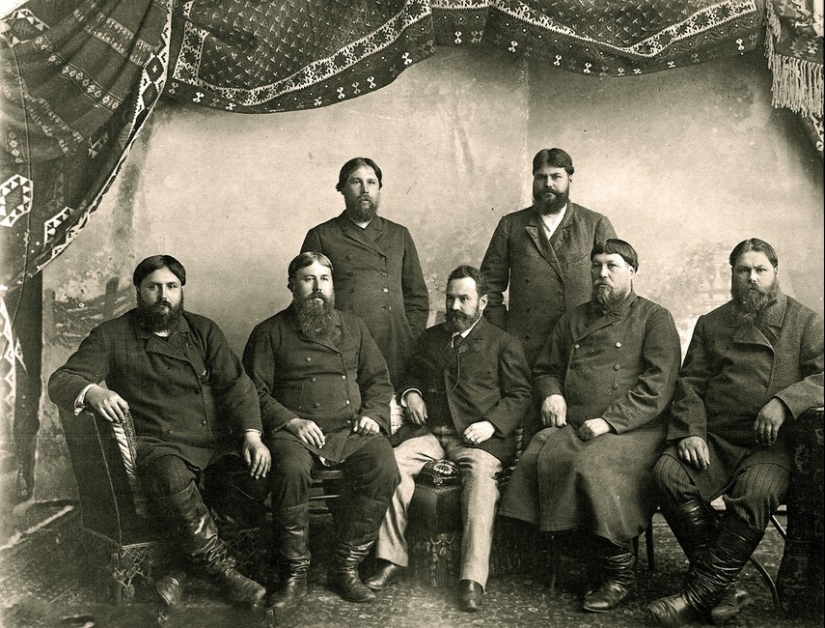
Rykov did not disdain large-scale frauds. One of his most effective offspring was the fake "Joint Stock Company of the Skopinsky Coal Mines of the Moscow Basin", allegedly engaged in mining. Something was actually extracted, but the bank's directors were only interested in financial injections. The shares of the stillborn company were sold like pies. They brought the bank 2 million rubles in less than a year.
In 1868, the displaced head Leonov wrote a denunciation to the Ministry of Internal Affairs, in which he described in detail the machinations of Rykov. The bureaucratic machine, having passed the letter through the instances, issued a response only after 6 years. It stated that the appeal was not considered, as it was written out of form.
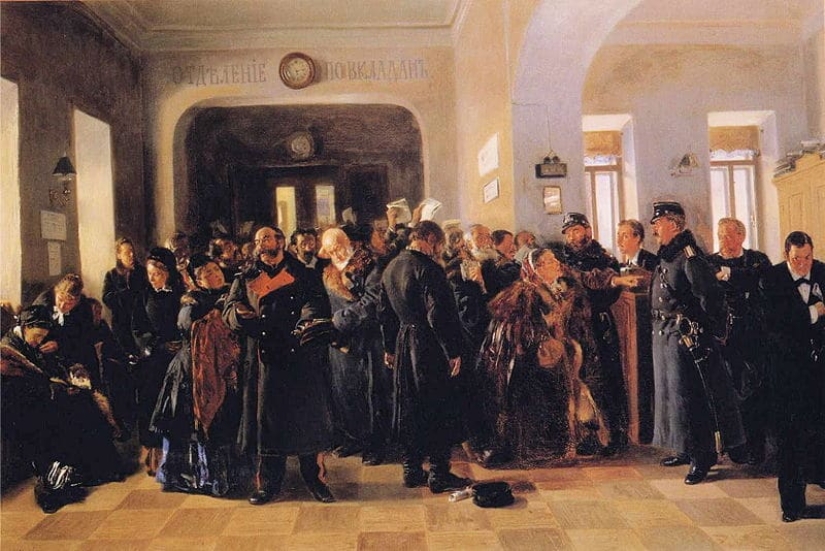
Leonov and his colleagues did not give up and continued to write. In 1882, they reached the authorities through the newspaper "Russian Courier". Articles in the press about Rykov's pyramid scheme thundered throughout the country and became the beginning of the end for a grandiose scam. An audit commission arrived at the bank, which found that out of the declared 13.5 million rubles, the institution can show only 2000.
The bank kept the protested promissory notes for 12 million rubles – the debtors refused to pay them. Thousands of depositors beat the thresholds of instances, scandalized, demanded and begged to return the money. But the entire property of the city would not be enough to pay them off.
A thorough search of the bank and the apartments of its employees did not bring results. 33 rubles in small bills and a handful of small change were found at Rykov's house. The press in Russia and abroad wrote about the Rykov pyramid. He was cursed and admired, but the hero himself went to prison.
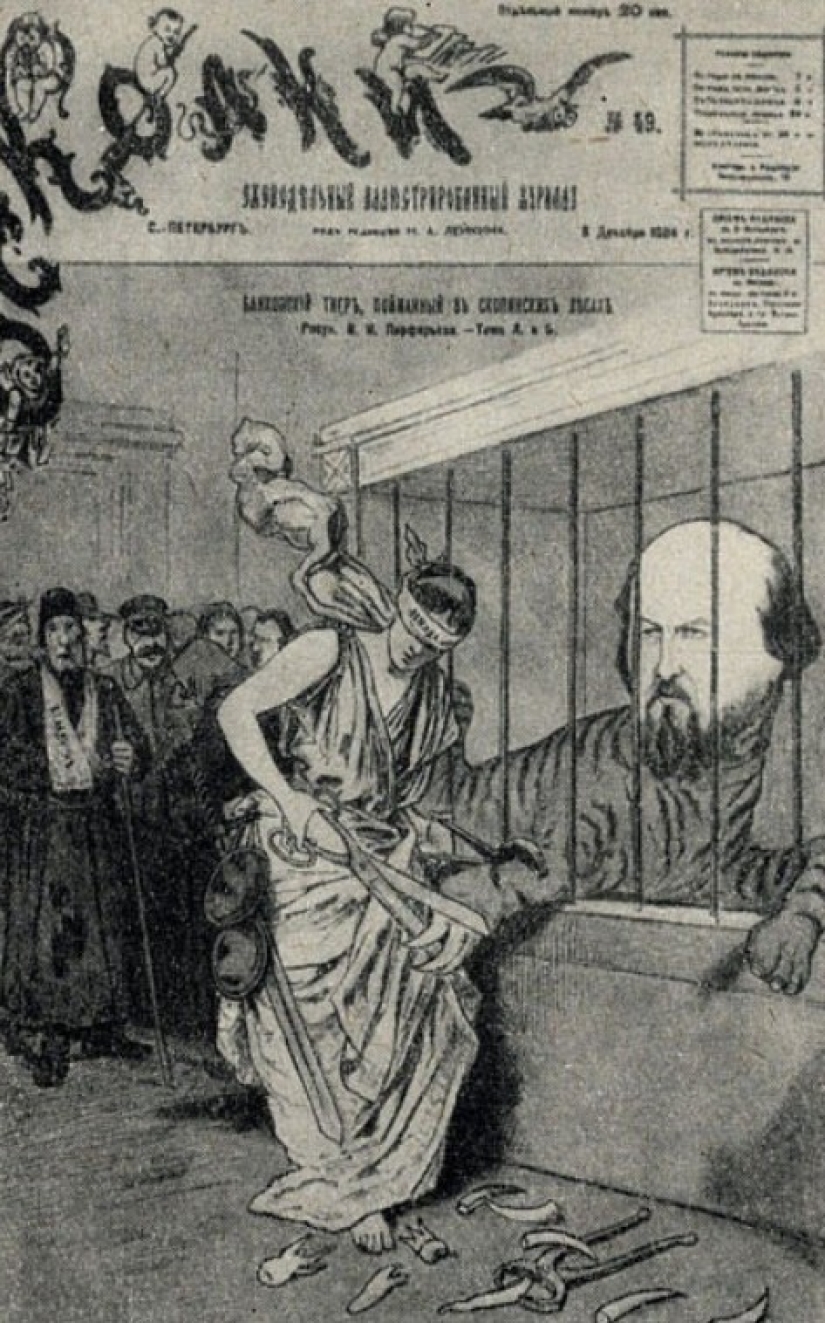
The case of the Skopinsky City Bank was heard in court from November 24 to December 10, 1884. And it was covered by a certain 24-year-old correspondent of the St. Petersburg Newspaper, Antosha Chekhov, who will soon become Anton Pavlovich Chekhov. At the trial , Ivan Rykov stated:
It was the pure truth – Rykov had only a million on his conscience. He and his henchmen spent five more in 15 years of turbulent activity on bribes to various instances. At the end of 1884, Rykov was exiled to a settlement in Siberia. His situation was terrible. And all because in the village where he lived, there were many investors deceived by him.
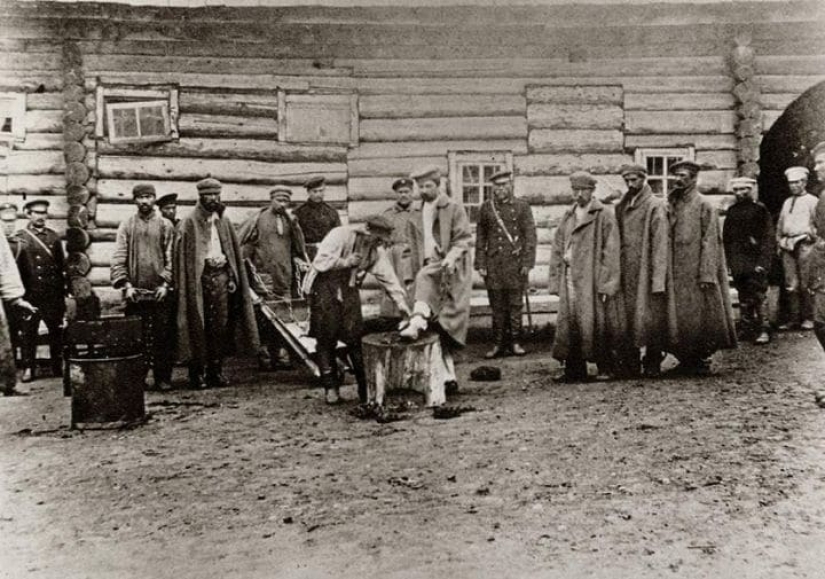
Rykov was constantly insulted and humiliated, refused to rent him a good apartment, and whistled in the streets after him. The creator of the first Russian pyramid scheme spent only less than three years in hard labor – in August 1887 he died in a Krasnoyarsk city hospital from a stroke.
The story of Ivan Rykov is so unusual that it undoubtedly deserves a film adaptation. A film about the Skopin pyramid would take its rightful place among the pictures about major financial scams.
Recent articles

While the sun practically disappeared from the sky above the Arctic Circle and the night seemed endless, the Vikings prepared to ...

This is for us, people, the New Year is one of the most important holidays of the year. But for animals, it's all a fuss, running ...

If it seems to you that the New Year holidays are being celebrated somehow incorrectly, then you definitely haven't seen these ...